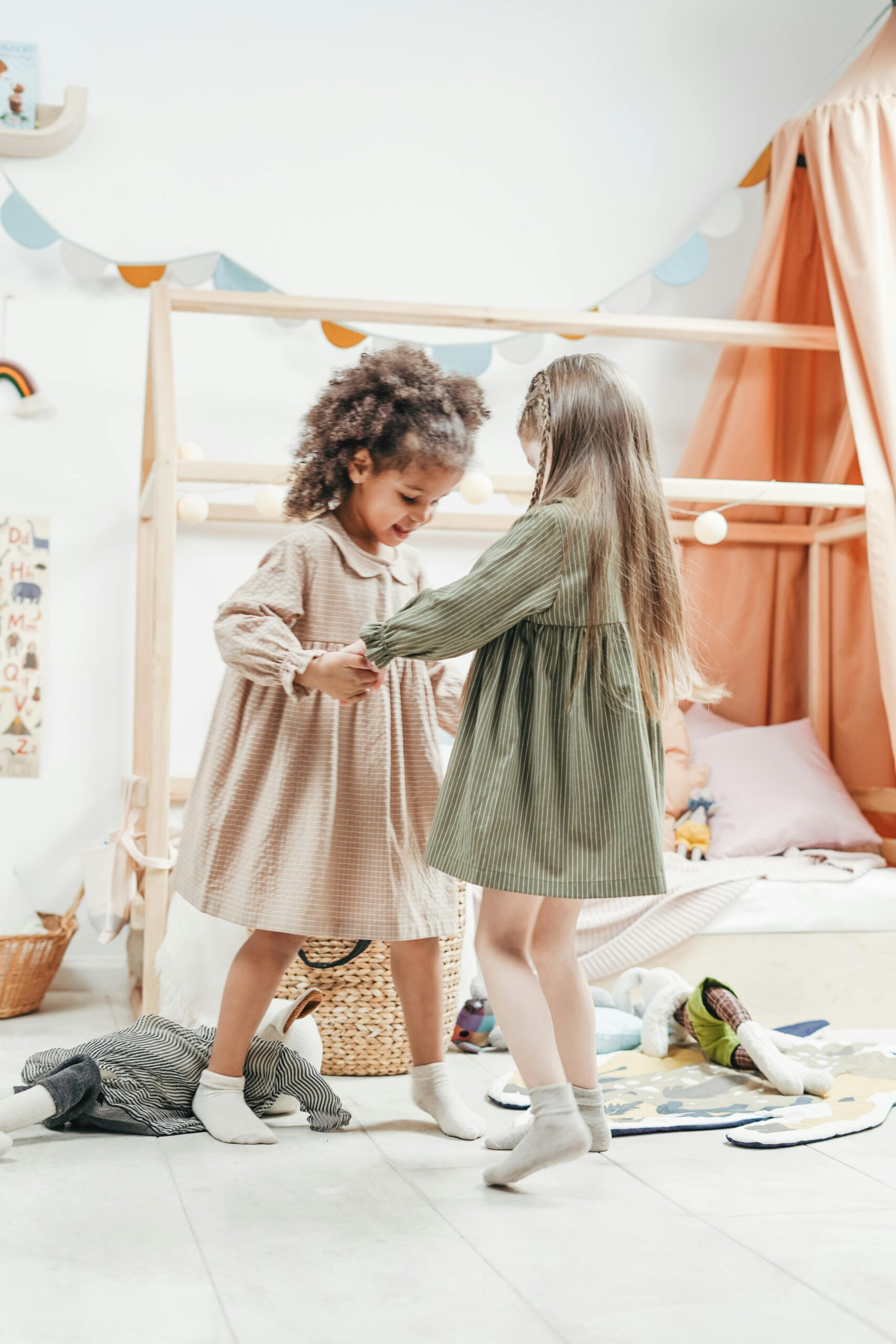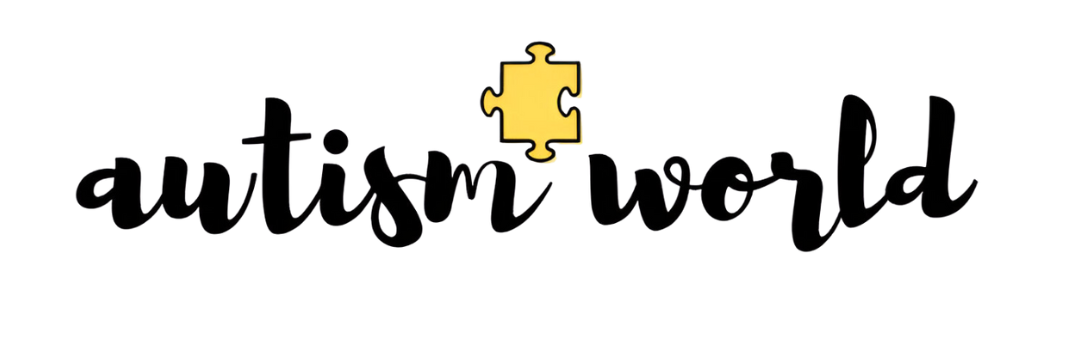With 9 years of experience in the kitchen, I’m passionate about crafting delicious recipes and sharing them with food lovers worldwide. 🍽️✨ Whether it’s a comforting homemade dish or a creative cocktail, my goal is to make cooking fun, easy, and enjoyable for everyone. Join me on this flavorful journey! 🍹🥗

Creative Outlets for Autism: Art, Music, and Self-Expression
Introduction to Creative Outlets for Autism
Autism, a neurodevelopmental condition, affects how individuals communicate, interact, and process the world around them. For many, self-expression can be challenging, especially when traditional forms of communication are difficult. This is where autism creative outlets like art and music come into play. These mediums provide a unique way for individuals with autism to express themselves, connect with others, and explore their emotions in a safe and supportive environment.
Creative outlets are not just hobbies; they are powerful tools that can enhance emotional regulation, improve sensory processing, and foster social skills. Art and music, in particular, have been shown to have therapeutic benefits, making them ideal for individuals with autism. This article will explore the transformative power of autism art and autism music, as well as other creative activities that can help individuals with autism thrive.
By embracing these creative outlets, families and caregivers can provide meaningful opportunities for self-expression and personal growth. Whether through painting, playing an instrument, or engaging in dance, these activities can help individuals with autism build confidence, reduce anxiety, and develop a stronger sense of self. Let’s dive into the world of autism creative outlets and discover how they can make a difference.
The Power of Art for Autism
Why Art is a Powerful Autism Creative Outlet
Art is a universal language that transcends words, making it an ideal autism creative outlet. For individuals with autism, who may struggle with verbal communication, art provides a non-verbal way to express thoughts, feelings, and experiences. Through painting, drawing, or sculpting, they can communicate in a way that feels natural and comfortable.
Art therapy, in particular, has been widely recognized for its benefits in helping individuals with autism regulate their emotions and process sensory information. The act of creating art can be calming and therapeutic, providing a safe space to explore complex emotions. Additionally, art allows individuals to focus on the process rather than the outcome, reducing the pressure to “get it right” and encouraging self-discovery.
Types of Art Activities for Individuals with Autism
There are countless ways to incorporate art into the lives of individuals with autism. Traditional activities like painting, drawing, and sculpting are accessible and can be adapted to suit different skill levels and sensory preferences. For example, finger painting can be a great sensory activity, while drawing with pencils or markers can help improve fine motor skills.
Digital art is another growing trend in the world of autism art. With the rise of tablets and drawing software, individuals can explore their creativity in a digital format. This can be especially appealing for those who enjoy technology or prefer a mess-free option. Digital art also offers endless possibilities for experimentation, from creating animations to designing virtual worlds.
Tips for Encouraging Art as a Creative Outlet
To make art a successful autism creative outlet, it’s important to create a supportive environment. Start by setting up a sensory-friendly art space with comfortable seating, good lighting, and minimal distractions. Provide a variety of materials, such as paints, clay, and markers, and allow the individual to choose what they feel most comfortable using.
Encourage experimentation and creativity without focusing on perfection. The goal is self-expression, not creating a masterpiece. Celebrate their efforts and progress, no matter how small. By fostering a positive and pressure-free atmosphere, you can help individuals with autism feel confident and empowered through art.
Music as a Therapeutic Autism Creative Outlet
The Role of Music in Autism Self-Expression
Music is another powerful autism creative outlet that can have a profound impact on individuals with autism. Like art, music provides a non-verbal way to communicate and express emotions. It can also improve social skills, as group music activities encourage interaction and collaboration.
For many individuals with autism, music has a calming effect on sensory sensitivities. The rhythmic patterns and predictable structure of music can provide a sense of stability and comfort. Whether listening to a favorite song or playing an instrument, music can help reduce anxiety and promote relaxation.
Music Activities for Individuals with Autism
There are many ways to incorporate music into the lives of individuals with autism. Playing instruments, such as the piano, drums, or guitar, can be a rewarding experience that improves motor skills and coordination. Singing, whether alone or in a group, can also be a fun and therapeutic activity.
Music therapy programs are another excellent option for exploring autism music. These programs are led by trained professionals who use music to address specific goals, such as improving communication, reducing anxiety, or enhancing social skills. Music therapy can be tailored to the individual’s needs and preferences, making it a highly effective intervention.
How to Incorporate Music into Daily Life
Music can be easily integrated into daily routines to provide structure and reduce anxiety. For example, playing calming music during transitions or before bedtime can help create a sense of predictability. Encouraging participation in group music activities, such as choir or band, can also foster social connections and build confidence.
It’s important to let the individual take the lead when it comes to music. Allow them to choose the songs or instruments they enjoy, and follow their interests. By making music a regular part of their life, you can help them experience the many benefits of this autism creative outlet.
Other Creative Outlets for Autism
Writing and Storytelling
Writing and storytelling are valuable autism creative outlets that can help individuals express themselves and develop communication skills. Journaling, for example, provides a private space to reflect on thoughts and emotions. Creative writing, such as poetry or short stories, allows individuals to explore their imagination and share their unique perspective with others.
Storytelling, whether through writing or verbal expression, can also improve social skills. By creating and sharing stories, individuals with autism can practice organizing their thoughts, taking turns, and engaging with others. These activities can be done individually or in a group setting, making them versatile options for self-expression.
Dance and Movement
Dance and movement are excellent ways to engage the body and mind. For individuals with autism, dance can improve motor skills, coordination, and balance. It also provides an outlet for emotional release, allowing individuals to express themselves through movement.
Adaptive dance programs are designed to meet the needs of individuals with autism, offering a supportive environment to explore movement. These programs often incorporate sensory-friendly music and movements, making them accessible and enjoyable for participants. Whether through structured classes or freeform dancing at home, dance can be a powerful autism creative outlet.
Crafts and DIY Projects
Crafts and DIY projects are hands-on activities that can engage the senses and build confidence. Simple crafting ideas, such as making jewelry, knitting, or building models, can provide a sense of accomplishment and pride. These activities also encourage problem-solving and creativity, making them ideal for individuals with autism.
When introducing crafts, start with projects that match the individual’s skill level and interests. Provide clear instructions and support as needed, but allow them to take the lead. By celebrating their creations, you can help them feel proud of their work and motivated to continue exploring this autism creative outlet.
The Importance of Self-Expression for Individuals with Autism
How Creative Outlets Foster Confidence and Independence
Creative outlets play a crucial role in building confidence and independence for individuals with autism. Through art, music, writing, and other activities, they can discover their strengths and develop new skills. Each creative achievement, no matter how small, contributes to a sense of accomplishment and self-worth.
These activities also encourage individuality and personal growth. By exploring different forms of self-expression, individuals with autism can better understand themselves and their place in the world. This self-awareness is essential for building confidence and navigating social interactions.
Supporting Self-Expression in Everyday Life
To support self-expression, it’s important to create opportunities for creative exploration in everyday life. This can be as simple as setting aside time for art or music, or providing materials for crafting and writing. Encourage participation in group activities, such as art classes or music therapy, to foster social connections.
Celebrate progress and effort rather than focusing on perfection. By valuing the process over the outcome, you can help individuals with autism feel confident and motivated to continue exploring their creativity. Remember, the goal is self-expression, not perfection.
Conclusion: Embracing Autism Creative Outlets
Art, music, and other creative outlets offer transformative benefits for individuals with autism. These activities provide a safe and supportive way to express emotions, improve communication, and build confidence. By embracing autism creative outlets, families and caregivers can help individuals with autism thrive and reach their full potential.
Whether through painting, playing an instrument, or engaging in dance, these activities can make a meaningful difference in the lives of individuals with autism. So, take the first step today and explore the world of autism art, autism music, and other creative outlets. Together, we can celebrate the power of self-expression and create a brighter future for individuals with autism.




